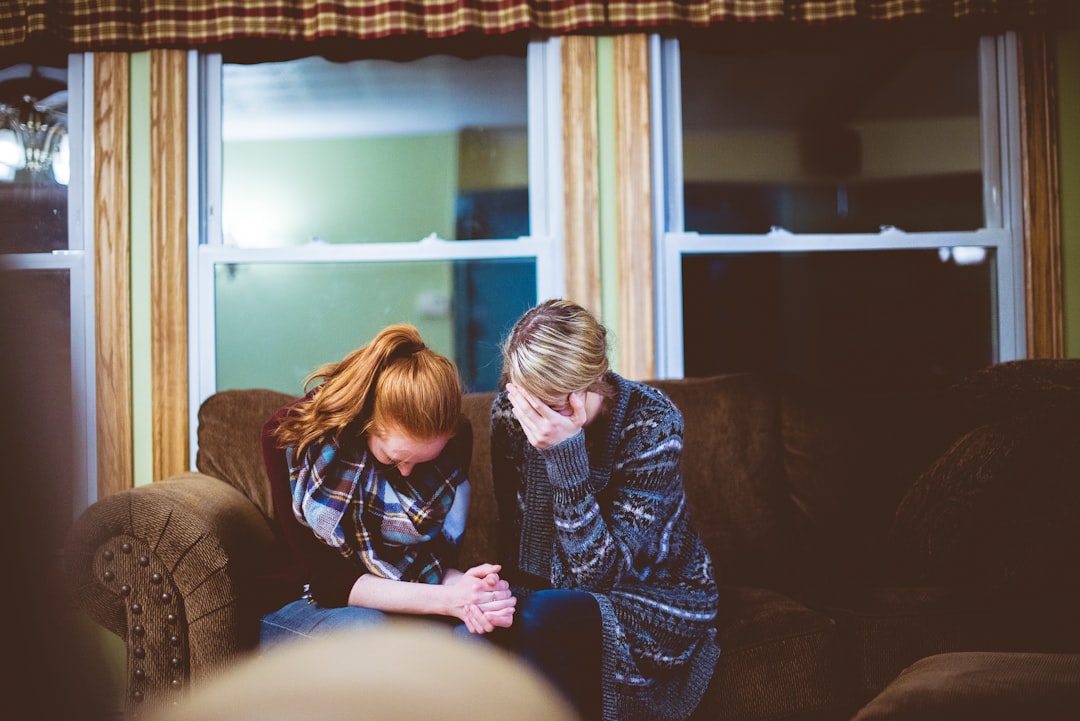What is it about?
We studied Deaf infants who had Deaf parents using American Sign Language and hearing infants who had hearing parents using a spoken language. These two groups both had access to language from birth but in different modalities (visual for one and auditory for the other). We wanted to know whether Deaf infants would pay more attention to eyes and where people look because their experiences with visual language and visual social cues.
Featured Image

Photo by bady abbas on Unsplash
Why is it important?
1) This is the first experimentally controlled test of gaze following with Deaf infants. 2) We found that Deaf infants were better than hearing infants at following the eye gaze of another person. 3) We suggest that Deaf infant of Deaf parents have sociocultural and linguistic experiences that help them pay attention to social and visual communication, such as eye gaze.
Perspectives
It is amazing how well infants learn from their early experiences. This research is part of a continued effort to show that experiences can lead to strengths rather than just delays and deficits. This collaborative work found that Deaf infants were accelerated compared to hearing infants for certain developmental milestones, including gaze following and checking back to an adult communicator. Broadly, it also shows that early experiences matter to infant learning.
Rechele Brooks
University of Washington
Read the Original
This page is a summary of: Enhanced gaze‐following behavior in Deaf infants of Deaf parents, Developmental Science, October 2019, Wiley,
DOI: 10.1111/desc.12900.
You can read the full text:
Resources
Contributors
The following have contributed to this page










